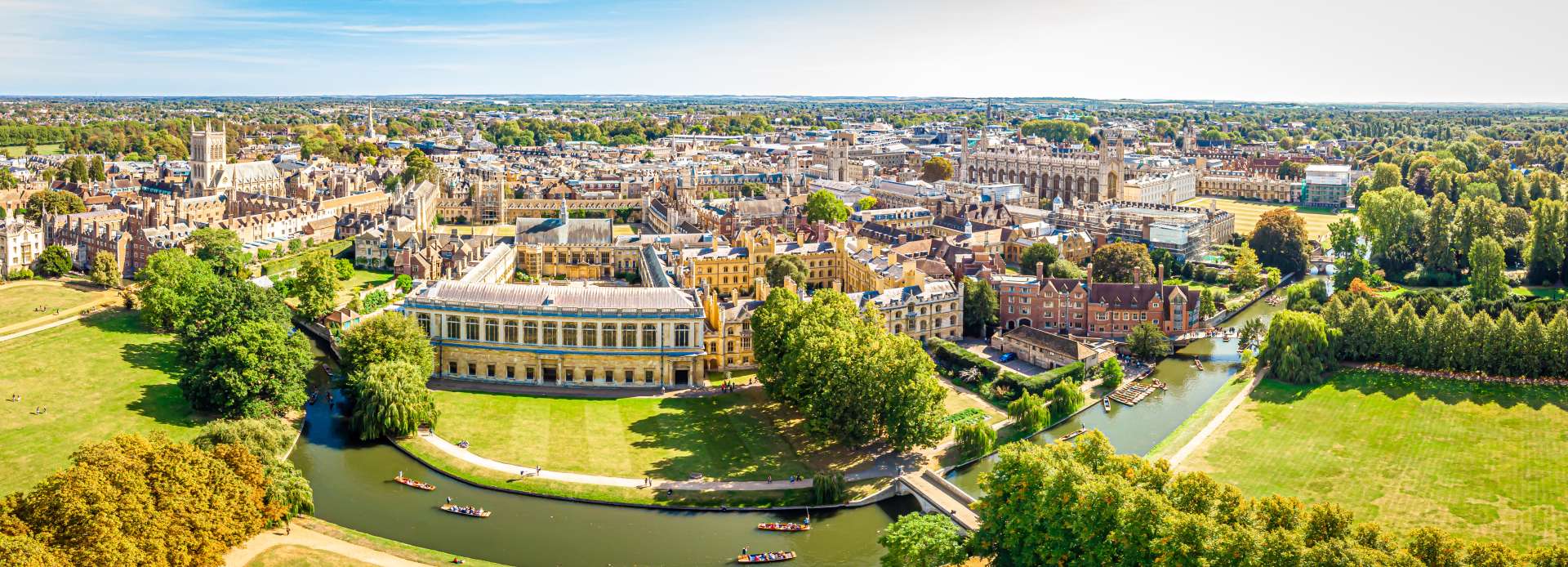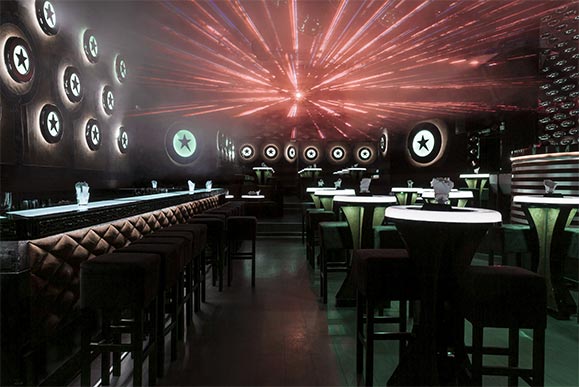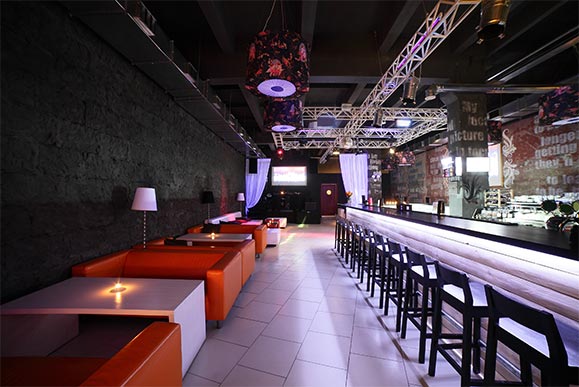
St Paul’s Monastery Jarrow — Home of the Venerable Bede
Explore an Anglo-Saxon Monastery, Early Learning Centre, and Place of Pilgrimage Church Bank, Jarrow, Tyne and Wear NE32 3DY
Specification
Where England’s First Historian Learned and Wrote
Beside the River Don in Jarrow stands St Paul’s Monastery, one of the most important early Christian sites in Britain.
Founded in AD 681, it became home to The Venerable Bede, the monk and scholar whose writings shaped our knowledge of early English history.
Today, visitors come for calm reflection, historic ruins, and a direct link to England’s spiritual and literary roots.
A Centre of Faith and Scholarship
St Paul’s began as a twin monastery with St Peter’s, Monkwearmouth.
Together, they formed a powerful learning community known across medieval Europe.
Their library held precious manuscripts, bringing knowledge from Rome and beyond to Northumbria.
Therefore, this quiet riverside monastery once stood at the cutting edge of European scholarship.
Exploring St Paul’s Monastery
1. The Anglo-Saxon Church
The chancel still includes original 7th-century stonework — some of the oldest monastic walls in England.
Inside, a glass case displays a dedication stone dated AD 685, evidence of the monastery’s early foundation.
2. The Ruins and Cloister Garden
The surrounding ruins mark where dormitories, workshops, and the scriptorium once stood.
In addition, interpretive signs help you imagine monks writing by candlelight — perhaps alongside Bede himself.
3. Bede and His Legacy
Bede spent most of his life here, studying astronomy, theology, and history.
His book Ecclesiastical History of the English People earned him the title Father of English History.
He was later honoured as St Bede, his influence still felt in classrooms and churches today.
Learn more at the official Bede Museum website
A Peaceful Place of Pilgrimage
Despite centuries of change, St Paul’s Monastery remains a place for thought and gratitude.
Birdsong fills the grounds, and sunlight warms the ancient stones.
Furthermore, the monastery continues to attract pilgrims walking the Northern Saints Trails.
Here, history and faith stand quietly side by side.
Visiting St Paul’s Monastery
How to Get There
Address: Church Bank, Jarrow, Tyne & Wear NE32 3DZ
By Metro: Jarrow Station — 12 minutes’ walk
By Bus: Regular services to Jarrow town centre
By Car: Free parking near the church
Opening Hours & Admission
The church and grounds are open daily; free entry.
Facilities
Step-free access to church and paths
Riverbank walking routes
Toilets at nearby Bede Museum
Nearby Attractions
St Peter’s Church, Monkwearmouth — Twin monastery site
Jarrow Hall (Bede Museum) — Anglo-Saxon farm and exhibition centre
Arbeia Roman Fort — Frontier supply base in South Shields
South Shields Seafront — Beaches and coastal views
Together, these form the Wear–Tyne Early Christian Trail.
Why Visit St Paul’s Monastery Jarrow?
The St Paul’s Monastery experience connects you to the earliest chapters of English culture.
It’s a place to reflect on ideas that shaped a nation — education, faith, and community.
Whether you explore the ruins, admire Saxon stonework, or follow in Bede’s footsteps, this peaceful site offers inspiration rooted in deep history.
It’s not just a monastery — it’s the birthplace of English history.






No Reviews